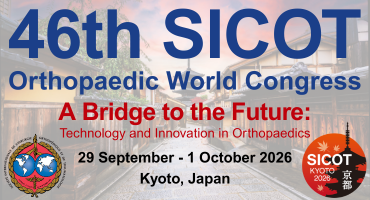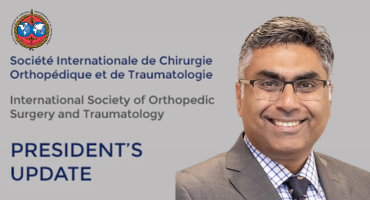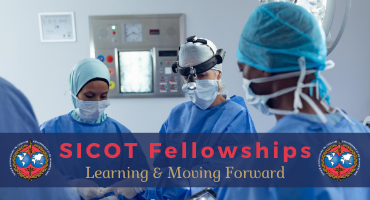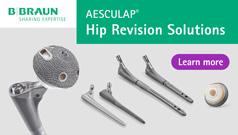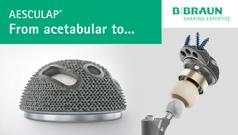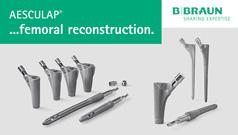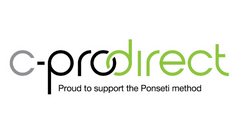Cost-effectiveness of operative versus nonoperative treatment of lateral compression type 1 pelvic fractures
Injury. 2025 Aug 26;56(11):112723. doi: 10.1016/j.injury.2025.112723. Online ahead of print.
ABSTRACT
BACKGROUND: Lateral compression type 1 (LC1) pelvic fractures are common injuries with ongoing debate regarding the cost-effectiveness of operative versus non-operative treatment. The goal of this study is to evaluate the cost-effectiveness of operative versus non-operative management for lateral compression type 1 (LC1) pelvic fractures, using pain (Brief Pain Inventory, BPI) and functional recovery (Majeed Pelvic Score, MPS) as outcome measures across early follow-up intervals.
METHODS: A decision tree model was developed to analyze the costs and outcomes of operative and non-operative management for LC1 fractures. Costs were derived from Medicare reimbursement rates, and probabilities were informed by clinical data and expert opinion. BPI and MPS scores were used as proxies for utility, with incremental cost-effectiveness ratios (ICERs) calculated at 2, 6, and 12-week follow-ups. An ICER exceeding the willingness-to-pay (WTP) threshold of $50,000 indicated that non-operative management was the more cost-effective option. Sensitivity analyses explored the utility improvements required for operative treatment to meet the WTP threshold of $50,000 per meaningful change in BPI or MPS.
RESULTS: Operative management was cost-effective for early pain relief, with an ICER of $33,466.08 per meaningful change in BPI at 2 weeks. However, it exceeded the WTP threshold at 6 weeks ($68,632.04) and only approached cost-effectiveness again at 12 weeks ($50,828.58). Using MPS, operative management was found to be cost-effective at 12 weeks ($44,992.90), but not at 2 or 6 weeks. Sensitivity analyses demonstrated that small utility gains could make operative management cost-effective at intermediate follow-up intervals.
CONCLUSION: Operative management of LC1 fractures may offer early cost-effective pain relief and possible delayed cost-effective functional recovery, particularly by 12 weeks. These findings may support surgical intervention for patients prioritizing rapid recovery by 12 weeks, but careful patient selection remains critical.
LEVEL OF EVIDENCE: Level 3.
PMID:40885160 | DOI:10.1016/j.injury.2025.112723






